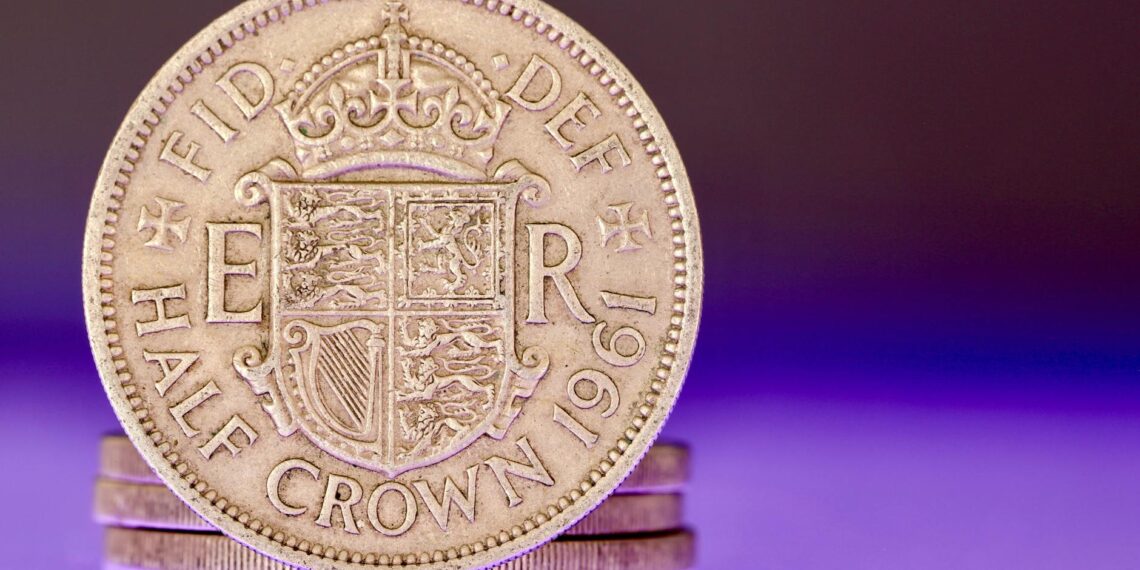Several factors contribute to a coin’s value, beyond its face value. Here’s a guide to help you assess whether your coin might be valuable:
- Rarity: The fewer coins of a particular type in existence, the more valuable they tend to be. Factors contributing to rarity include:
– Low Mintage: A small number of coins produced during the initial minting process increases rarity.
– Errors: Coins with imperfections from the minting process, like double strikes, off-center strikes, or planchet flaws, can be highly sought after.
– Historical Events: Coins minted during significant historical periods or commemorating important events may have limited mintage or increased demand due to their historical context.
- Condition (Grading): The better the condition, the more valuable a coin is likely to be.
– Grading Scales: Coins are graded on a scale (the Sheldon Scale, commonly used in the US) from 1 (Poor) to 70 (Perfect Mint State).
– Indicators: A coin in excellent condition will show minimal wear, preserve its original luster, and be free of scratches or damage.
- Demand: The more collectors who desire a specific coin, the higher its value.
– Market Trends: Popularity of certain coins can fluctuate over time, influencing demand and value.
– Historical Significance: Coins with an interesting backstory or connection to important historical events tend to have higher demand among collectors.
- Metal Content: Coins made of precious metals like gold, silver, or platinum possess intrinsic value based on the current market price of those metals.
– Bullion Value: The intrinsic value of the metal in a coin, particularly relevant for coins made of precious metals like silver or gold.
- Age: While not the sole determinant, age can play a role in a coin’s value, especially if it’s from a period with limited circulation or historical significance.
- Identify the Coin: Determine the country of origin, denomination, year of minting, and any mint marks.
- Examine for Errors and Unique Features: Look for anything out of the ordinary, including double-struck images, off-center strikes, unusual planchets (the blank coin before striking), [design variations] or unusual lettering or die rotations.
- Research Mintage Figures: Determine the number of coins produced for that particular year and mint mark combination. Lower mintage numbers generally indicate greater rarity and value.
- Assess the Condition: Examine the coin for wear, scratches, and damage. Compare it to established grading standards, [like the Sheldon scale].
- Consult Coin-Valuing Guides: Utilize resources like the “Guide Book of United States Coins” (Red Book) or reputable online databases to research your coin’s potential value.
- Seek Professional Grading and Appraisal: For potentially valuable coins, consider submitting them to professional grading services like PCGS or NGC for official authentication, grading, and valuation. You can also consult with a reputable coin dealer for an appraisal.
Important Notes:
- Do not clean your coins: Cleaning can damage a coin and significantly reduce its value.
- Handle coins carefully: Always hold coins by their edges to avoid transferring oils from your skin, which can damage the coin’s surface.
- Beware of Counterfeits: Be cautious when purchasing or assessing potentially valuable coins, as counterfeit coins are common. Consulting experts and reputable grading services is crucial for authentication.
By carefully examining your coin and utilizing available resources, you can better determine its potential value and decide on the best course of action.









How do you get coins appraised without getting ripped off?
Getting a professional appraisal will be the most accurate way to determine a coin’s value. You can get your coins appraised at a local coin shop or at a coin show. Alternatively, you can try to figure out the value of your coins on your own. Coin pricing guides like the PCGS Price Guide provide a good starting point.
How much is a $1 coin from 1979 worth?
According to the NGC Price Guide, as of August 2025, a Susan B Anthony Coin from 1979 in circulated condition is worth between $1.05 and $1.35. However, on the open market 1979 P Silver Dollars in pristine, uncirculated condition sell for as much as $1450.